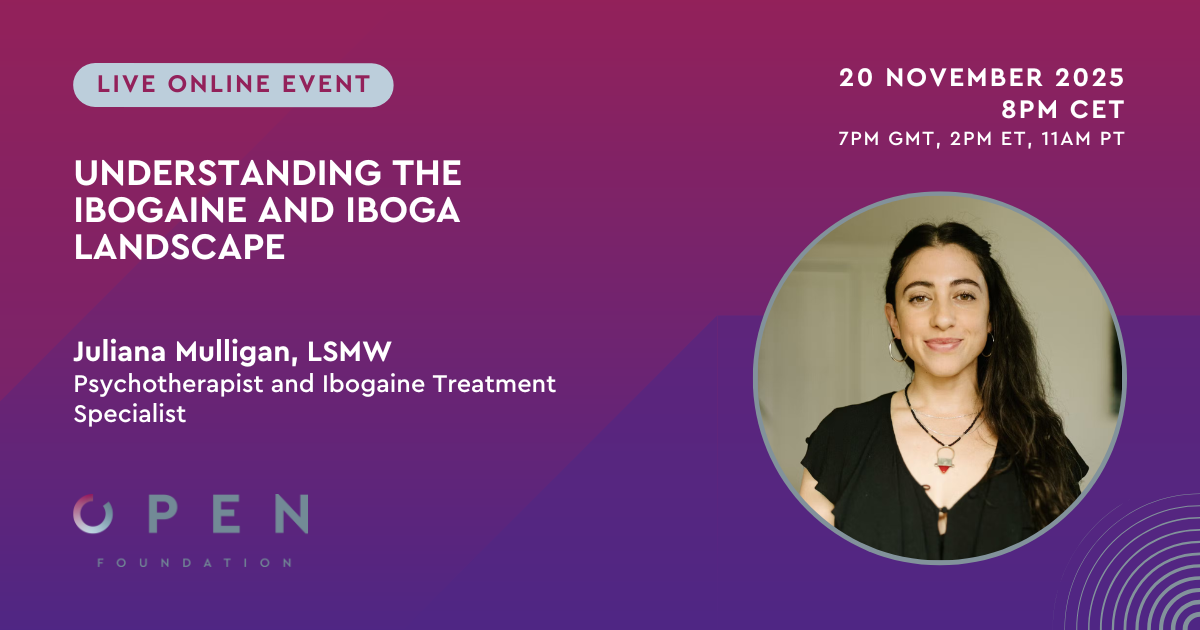Introduction
Cluster headache (CH) is a stereotyped primary headache characterized by strictly unilateral severe orbital or periorbital pain and categorized as either episodic or chronic (1,2). Its prevalence is 0.1% (3). Oxygen and sumatriptan are the treatments of choice for individual attacks, whereas verapamil, lithium, corticosteroids and other neuromodulators can suppress attacks during cluster periods (1). All standard medication treatments may be ineffective. Surgical treatment may be an option for medication non-responders, including deep brain (4) or occipital nerve stimulation (5). However, serious complications from brain surgery, including death, can occur (6).
An Internet survey of 53 CH patients reported on claims that psilocybin is better at aborting acute attacks than either oxygen or sumatriptan and that LSD and psilocybin are both better at triggering and extending remission than standard drugs (7). However, due to hallucinogenicity and the absence of established medical indication, these drugs are criminalized and placed within the most restrictive Schedule I of the Controlled Substances Act, which sanctions only limited research use. Although the hallucinogenic properties of LSD and psilocybin are undesirable from both regulatory and patient safety perspectives, it was unclear to us at the outset whether a non-hallucinogenic analog could also provide meaningful relief to CH patients. To address the question of whether the CH relief associated with these two structurally diverse compounds is related to the mechanisms triggering intoxication, we decided to investigate the efficacy of a non-hallucinogenic analog of LSD. LSD’s hallucinogenic effects are completely lost when the double bond in the D ring is saturated and with substitution at R2 (e.g. by bromination in 2-bromo-LSD) (BOL-148) (8). BOL-148 has been studied in volunteers (up to 20 mg per os) (9) and in patients suffering from vascular headaches but not, apparently, in patients with CH (9,10). These past studies [fusion_builder_container hundred_percent=”yes” overflow=”visible”][fusion_builder_row][fusion_builder_column type=”1_1″ background_position=”left top” background_color=”” border_size=”” border_color=”” border_style=”solid” spacing=”yes” background_image=”” background_repeat=”no-repeat” padding=”” margin_top=”0px” margin_bottom=”0px” class=”” id=”” animation_type=”” animation_speed=”0.3″ animation_direction=”left” hide_on_mobile=”no” center_content=”no” min_height=”none”][…]
Karst, M., Halpern, J. H., Bernateck, M., & Passie, T. (2010). The non-hallucinogen 2-bromo-lysergic acid diethylamide as preventative treatment for cluster headache: An open, non-randomized case series. Cephalalgia, 30(9), 1140-1144. https://dx.doi.org/10.1177/0333102410363490
Link to full text
[/fusion_builder_column][/fusion_builder_row][/fusion_builder_container]










